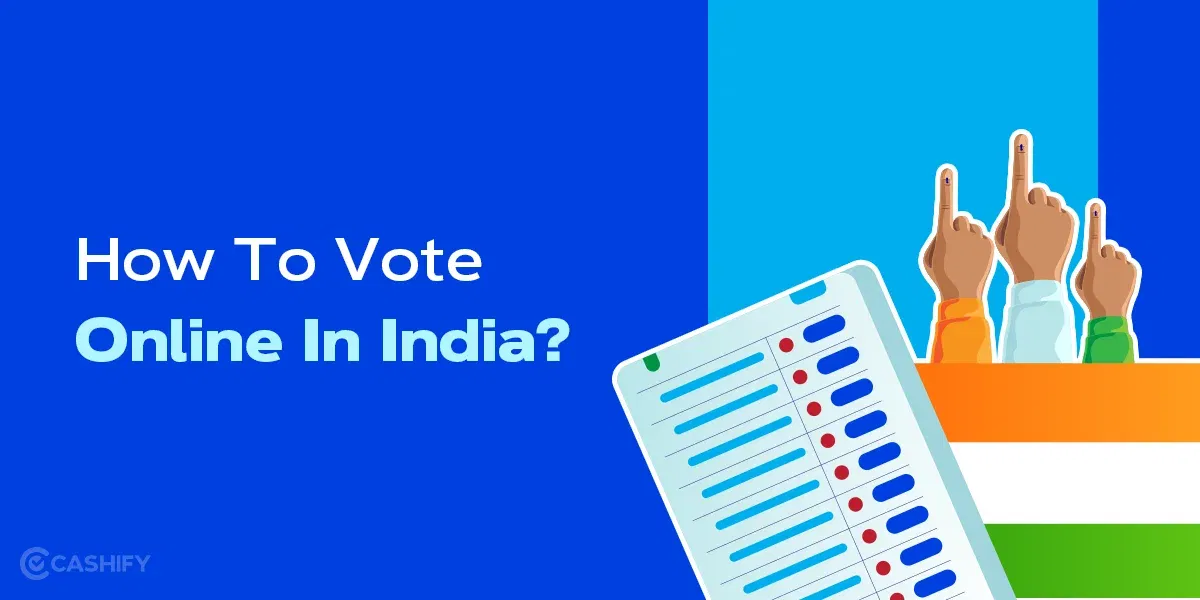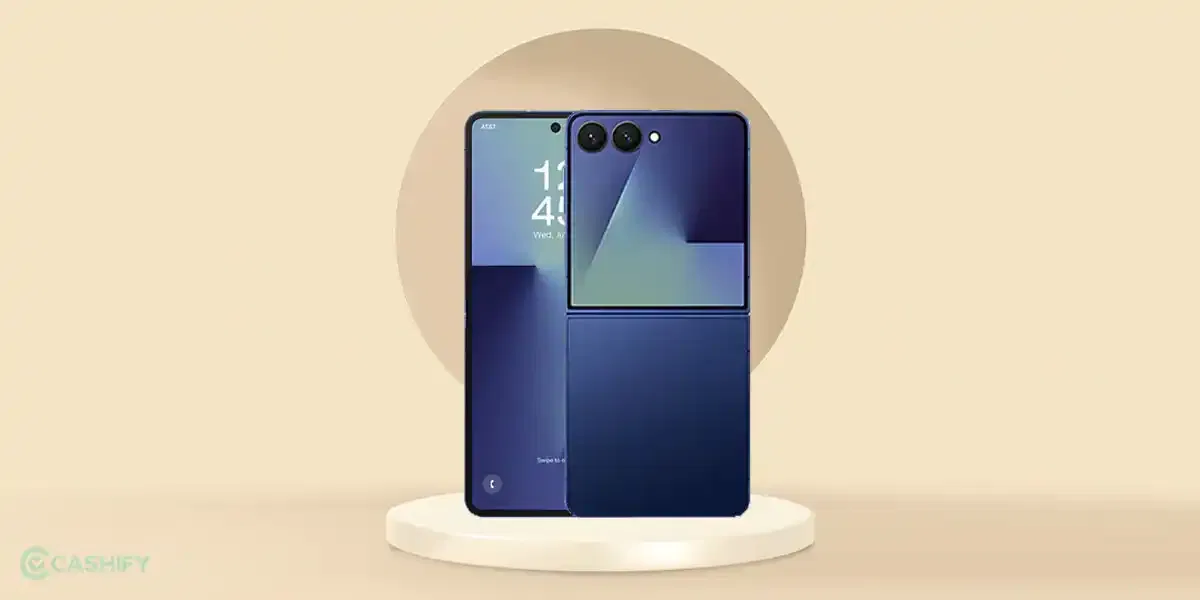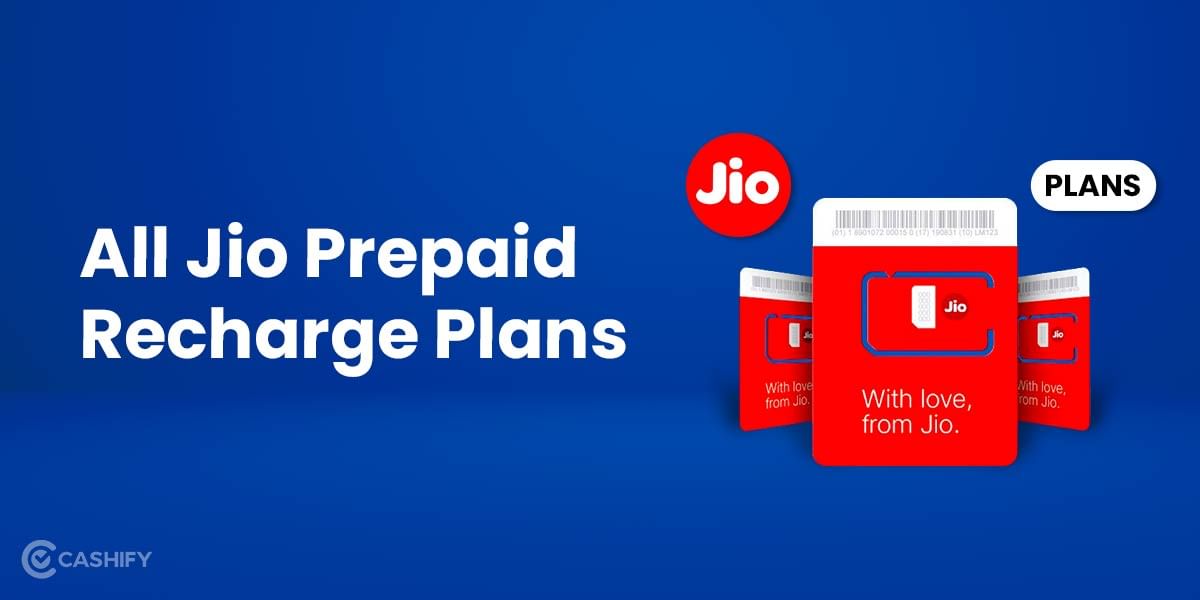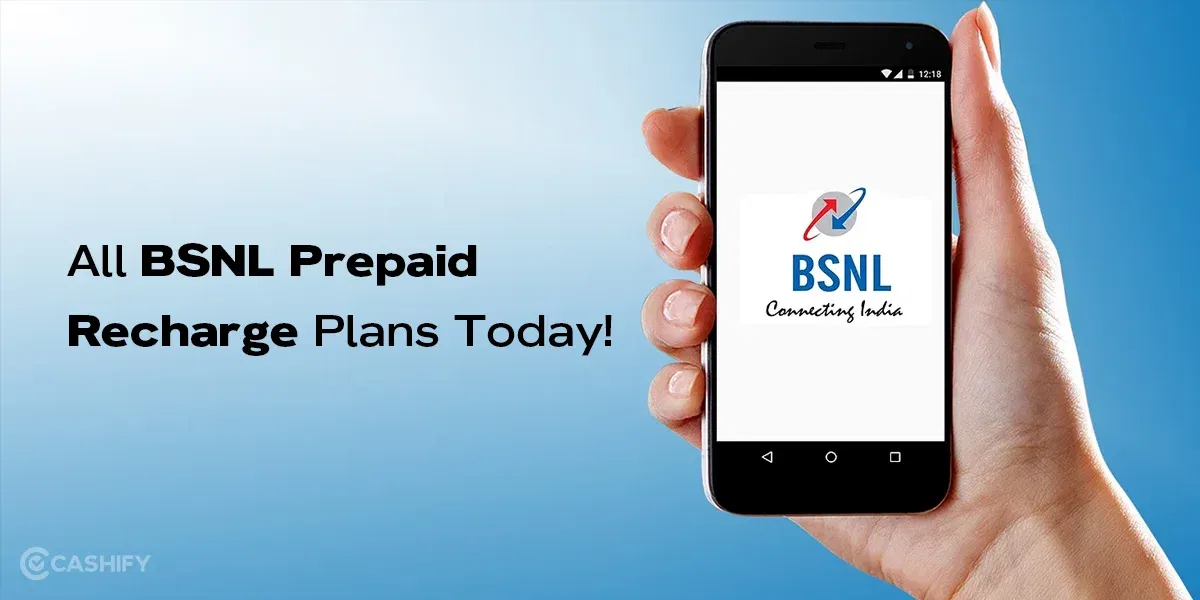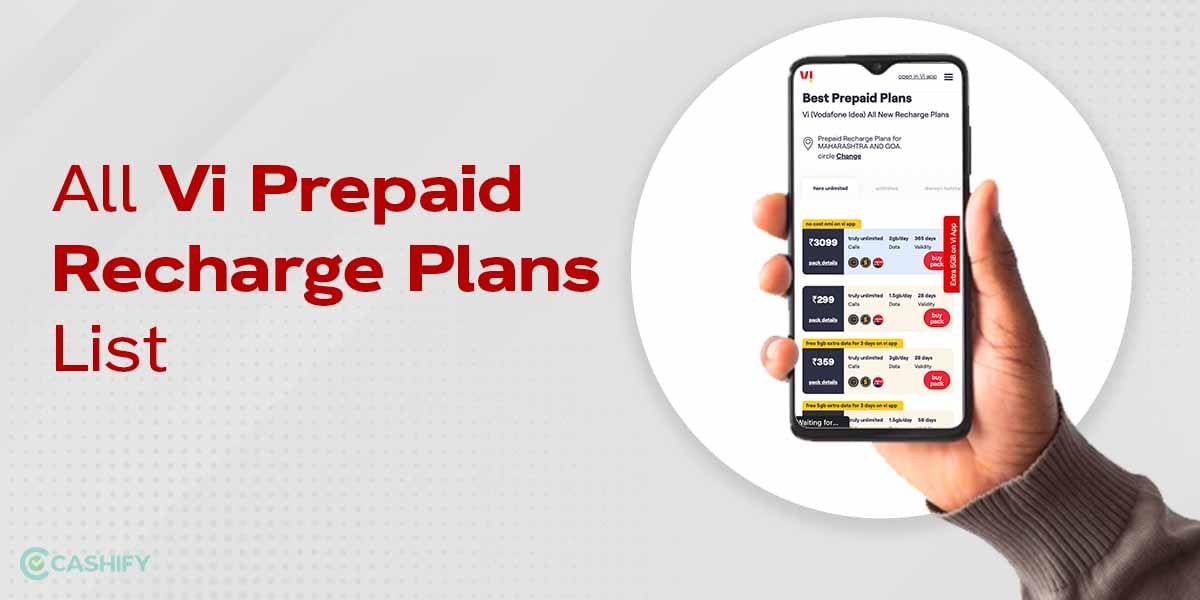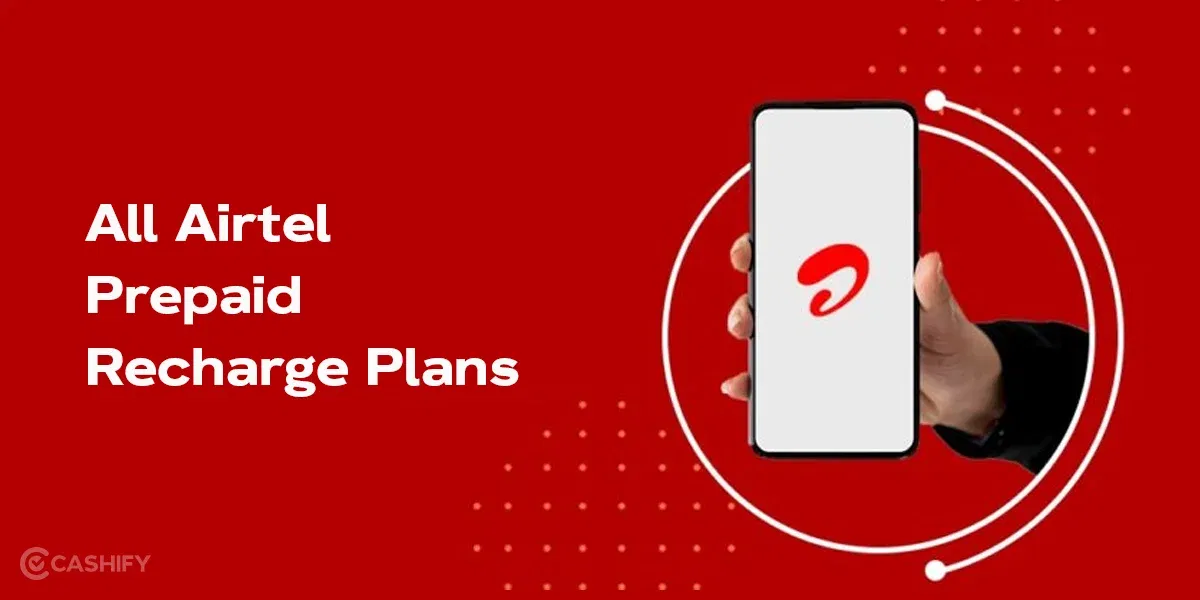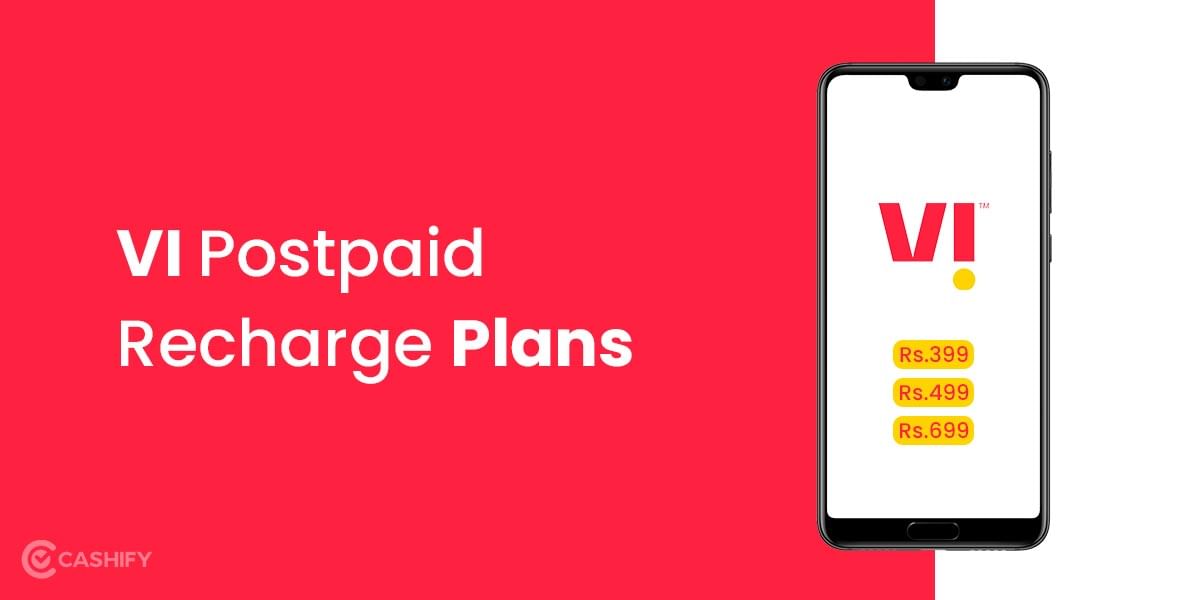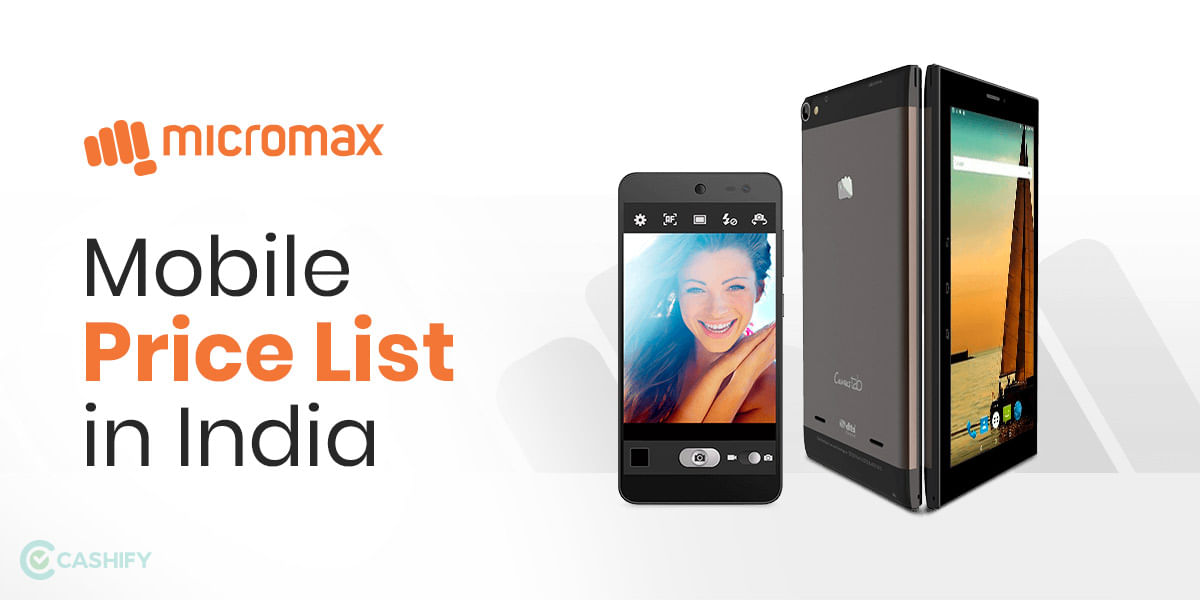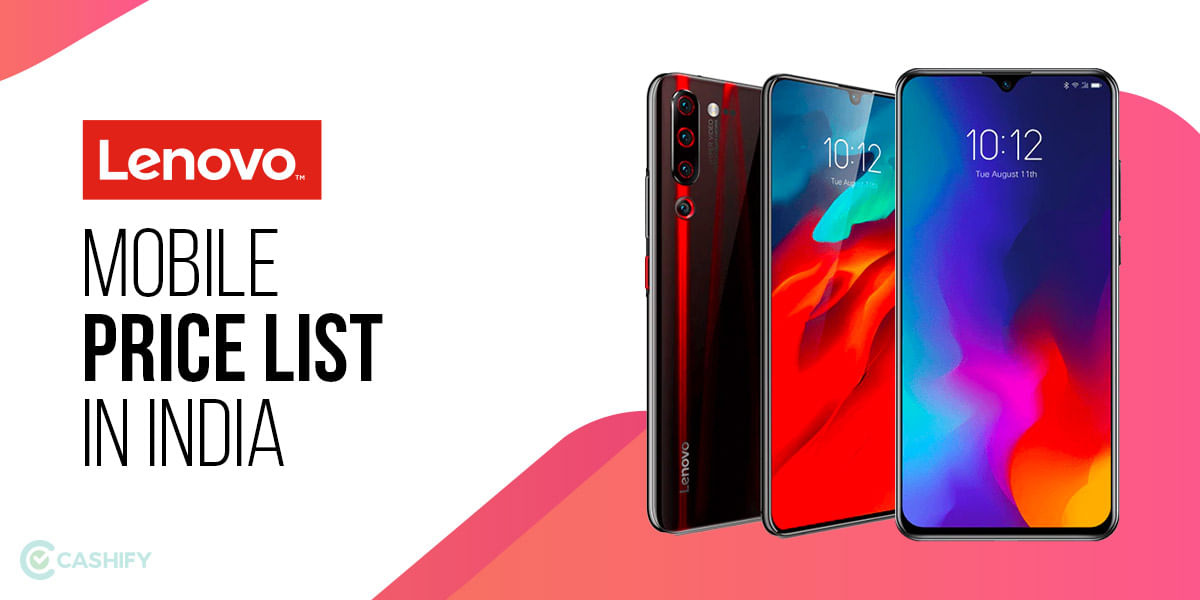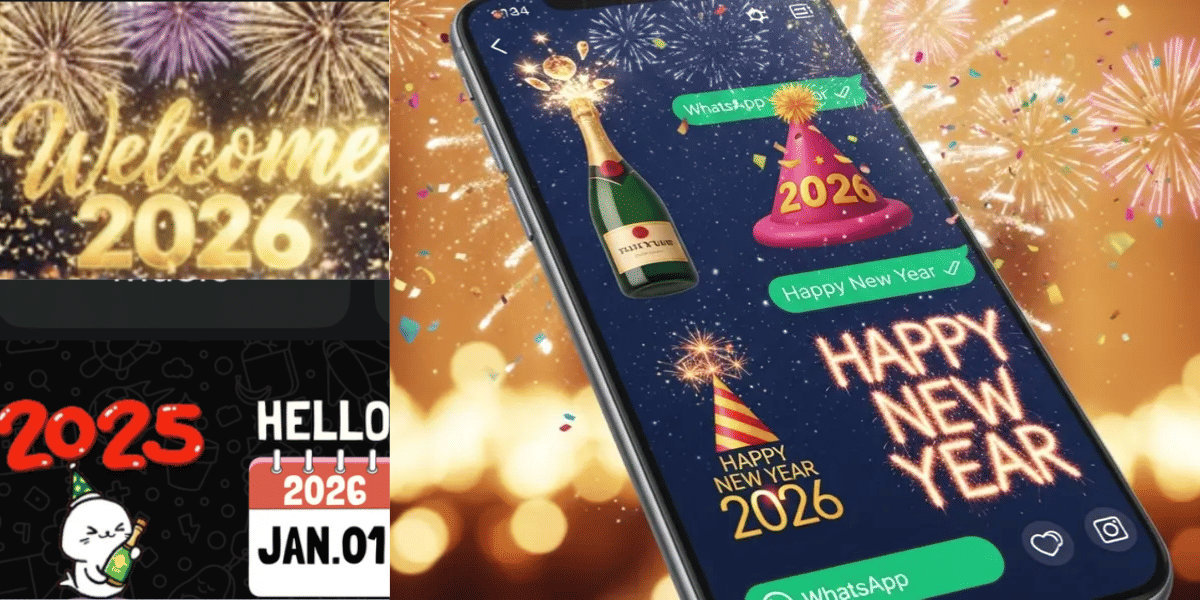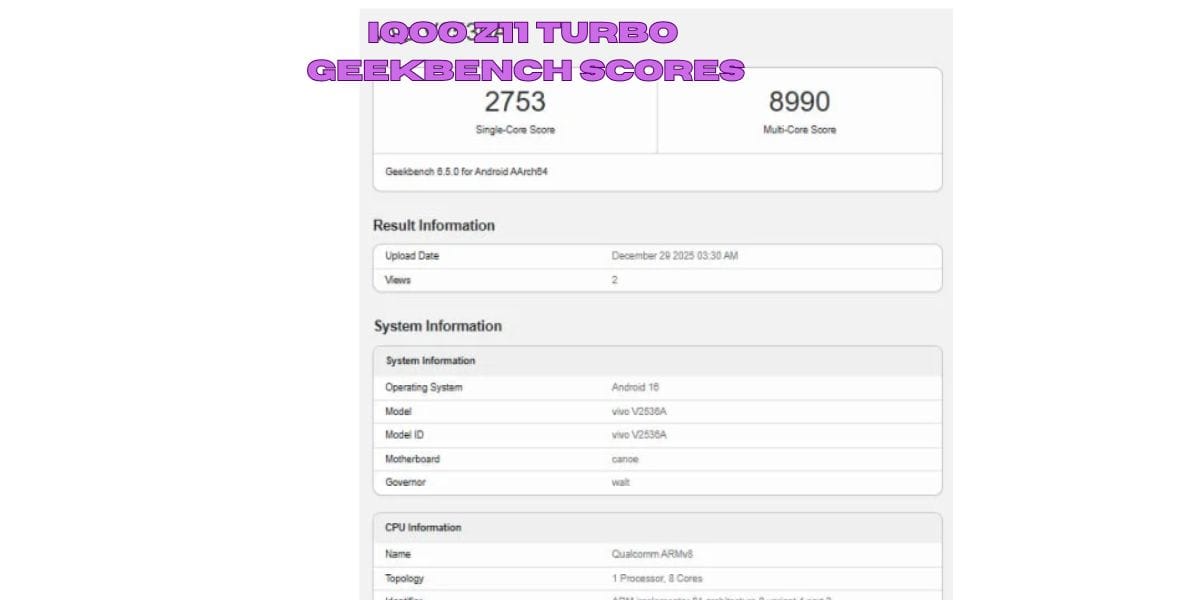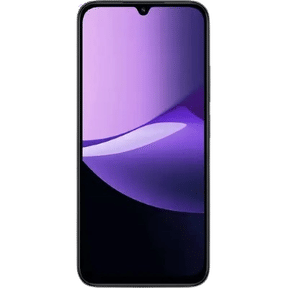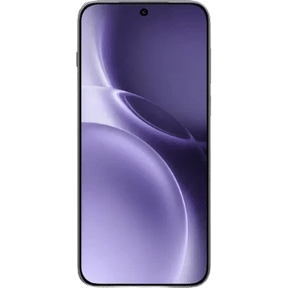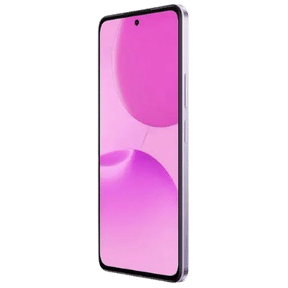How cool would it be if you knew how to create a phone app? Imagine building an Android app exactly how you may have envisioned, or that could solve the problems of hundreds of people. It might seem like a complicated task that only a tech expert or App developer can manage to pull off. But Honestly, today, with so many resources, AI tools and software available at their disposal, anybody can do it. All you need is a little dedication and the right resources to turn your concepts into reality.
In this guide, you will find some simple ways to start off your app developer journey if you are a beginner and make the best out of the resources available!
Also Read: What is Override Force Dark?: Use All Android Apps In Dark Mode Using This Feature
What Are Your Approaches?
Before you jump in, it is important to understand the best approaches for your level of knowledge on how to make an Android app. If you already know the required coding languages for developing any Android app, then you can straightaway head to Android Studio to start your project. If not, and you want to pursue it without using any coding language, then there are different tools that could help you learn how to create a phone app. Read below to understand the process better.
Do You Need Coding Languages?
Yes and no. If you had asked this question a couple of years back, then the answer would have been a resounding yes! Android app developers have traditionally attained their expertise in Java. Now, another language has gained popularity in the domain- Kotlin. It is a modern, concise language designed specifically for Android that offers several advantages over Java, including improved readability and reduced boilerplate code.
If you are developing an interest and really want to dig deep into how to create a phone app, then learning these two languages will be imperative. However, if you don’t want that hassle, you can always choose different tools that are super beginner-friendly and devoid of complicated steps.
Also Read: How To Install Android Apps Without The Google Play Store
Building The Foundation: Tools And More!
Below are some suggested platforms for starting your Android app development according to your skill level.
If You Know Basic Java And Kotlin:
Android Studio: You shall install Android Studio! This is a creator’s space for developing any kind of Android app. Known to be an Integrated Development Environment (IDE) from Google, this platform consists of a comprehensive set of native tools for writing code, designing layouts, debugging, and testing your app. You don’t need to hover on multiple software if you are using this one. However, this would require some level of expertise to handle. The bright side is that you will learn in depth about how to make an android app from scratch.
How To Use Android Studio?
1. Installation: Download and install Android Studio from the official website. You can get started here.
2. Project Setup: Launch Android Studio and initiate a new project. Choose a template like “Empty Activity” for a basic app and customise details like project name and programming language.
3. Understanding the Structure: Familiarise yourself with the project’s file structure. It can be a bit overwhelming but it will help you understand how to develop an app for Android on this platform more effortlessly. Android Studio organizes your code, resources, and layouts efficiently.
4. Building the User Interface (UI): This is where you design the visual elements that users will interact with. Android Studio provides a layout editor for dragging and dropping UI components like buttons, text views, and images.
5. Coding the Functionality: Here’s where the magic happens! You’ll write code to handle user interactions, data processing, and any other functionalities your app requires.
6. Testing and Debugging: Android Studio offers built-in tools to test your app on virtual devices or your physical device. Use these tools to identify and fix any errors in your code.
These are the basic steps that you will require to develop a simple Android app on this platform. However, with time and experience, you can make apps with richer features by exploring advanced tools. The last step would be to deploy and host your app on public platforms. We will talk about that later in this article.
These are some of the areas to explore while learning how to create a phone app, if you want to add some advanced features to your newly built app:
- Cloud Integration: You can leverage cloud services like Firebase to store data, authenticate users, and send notifications.
- Advanced UI elements: Explore UI components like maps, cameras, and sensors to create a richer user experience.
- Material Design: Follow Google’s Material Design guidelines to create a modern and visually appealing app that adheres to Android design principles.
Also Read: How To Clear App Data And Cache On Android
If You Use Minimum To No Programming Language!
If you are not that confident with using coding language, don’t hesitate. You can know how to create phone app with minimal effort or a low level of coding. Here are some of the suggested platforms you can explore:
Visual App Builder
Visual App Builder is gaining popularity day by day. The main reason is that you don’t need to be an expert at coding because these builders will do the work for you. These platforms are like tools that will let you create apps seamlessly. You can add different elements like buttons, text boxes, headlines, and images and make an app out of it.
App Machine
App Machine is also a platform that will help you in creating new apps without requiring codes. All you have to do is command the machine all the things that you would want your app to do. For example, you can feed commands like swipe to see pictures, Tap the spacebar to play a game, or anything else. As soon as you will enter the command, it will make the code ready. You can then later on decide how things will look without changing the whole code.
Flutter Flow
Now, this is one thing where it will combine both the features of App builder and App machine. It will not only help you add different elements but will also help you add commands like tapping to see a function or download something. It will also help you connect everything in one place and see how it will all look together without needing to know any heavy coding. Remember, that Flutter Flow is only ideal for building the prototypes for your actual app to get a rough estimate of how your idea will look.
Also Read: How To Make Your Android Look Like an iPhone
Deploy And Host Your New App
Deployment is a part of the final steps for understanding how to create a phone app. It refers to the process of getting your app ready for the public eye. Here’s a breakdown of the steps involved:
- Prepare your App: This involves creating a production-ready version of your app. This might include optimisations for smaller file sizes and ensuring all dependencies are packaged correctly.
- Choose a Hosting Platform: There are many options available, from cloud-based platforms like Google Play Store or Apple App Store to self-managed hosting solutions. Consider factors like your app’s size, traffic expectations, and budget when making your choice.
- Upload and Configure: Each platform has its own specific upload process and configuration settings. For mobile app stores, you’ll need to provide information like app screenshots, descriptions, and privacy policies.
Let’s Host It!
Once deployed, your app needs a place to live – that’s where hosting comes in. Your hosting platform will store your app’s files and make them accessible to users when they download it.
Here are some key things to consider when choosing a hosting provider:
- Scalability: Can the platform handle a surge in traffic?
- Security: Does the provider offer robust security measures to protect your app and user data?
- Reliability: Is the uptime reliable to ensure users can always access your app?
Keeping the above-mentioned things in mind, you’ll be well on your way to successfully deploying and hosting your app, making it available to the world and ready for reviews for further improvement! Remember, user reviews are crucial in your journey on how to create a phone app effectively and that stands out.
Also Read: Easy Fix For “Your Device Is Not Compatible With This Version” On Android Error
Best Hosting Platforms To Choose:
| Backend Hosting Provider | Description | Key Features | Free Tier |
|---|---|---|---|
| Back4app | Open-source web and mobile app backend hosting provider. Allows hosting mobile apps with PostgreSQL or NoSQL database support. | Realtime Database, Storage, Easy to Use, Notifications, Authentication | 25k monthly requests, 1GB file and data storage |
| Firebase | Build, release, monitor ad engage apps | Realtime Databases, Crashlytics, Cloud Storage, Remote Config, FCM | No credit card required for free plan |
| 8Base | Fully managed and highly extensible Backend as a Service (BaaS) provider. | API-Based Data Access, Authentication, Functions, Support for Frontend Technologies | CLI access, serverless functions, backend dev, GraphQL API |
| Appwrite | Open-source backend hosting provider with a user-friendly interface | Realtime Updates, User Management System, Databases, Functions | 2GB storage, 5 functions/project, 10GB bandwidth, 75k app users/month |
| Backendless | Reliable mobile app backend hosting provider with SQL and NoSQL data support | Backendless Database, Pub/Sub Messaging, Codeless, User Management | 1GB file storage, 50 API requests/min, 1MB cloud code deployment, 10 DB tables |
| AWS Amplify | Managed backend hosting service. Offers free usage for Amplify Studio, CLI, and Libraries. | API, DataStore, CI/CD Workflows, Analytics | 15GB data transfer, 1k build minutes, 500k SSR monthly |
Understanding Android API level & Minimum SDK
When deploying to the Google Play Store, you’ll encounter terms like API level and Minimum SDK. Here’s what you need to know about these while you learn how to create a phone app:
API Level: This refers to a specific version of the Android operating system. The API level determines which features and functionalities your app can access.
Minimum SDK: This specifies the lowest version of Android your app can run on. Choosing a low Minimum SDK means inviting as many users as possible because even those with older Android versions can use your app. But, it also means you might miss out on cool features available in newer Android versions.
On the flip side, if you set a higher Minimum SDK, you might exclude some folks with older devices, but you get access to the latest Android features, like chat bubbles in Android 12. It’s a trade-off between reaching a wide audience and accessing the newest tech perks. So choosing the right minimum SDK involves balancing reaching a wider audience with ensuring your app functions correctly on older devices.
Android Studio gives you free access to the Android SDK’s libraries and APIs. This will help you tap into a phone’s functionalities. It builds your app into an APK using Gradle, lets you test it on a virtual device, and even debug your code while it runs – an all-in-one environment to bring your app concept to life.
Also Read: How To Install Android SDK On Your Computer – Easiest Way!
Wrapping Up
Above, we have provided the roadmap on how to create a phone app for Android users. This guide outlines the process and suggests tools you can try out for finishing the task. The tools you shall use depend on the complexity of the project. Coding might be required in some cases. For that, when learning a coding language for owning how to build an android app, you can use many great resources and tutorials to learn easily. Ultimately, one should remember to make the best out of the Android app-making journey and enjoy the process. After all, it is always good to work smarter, not harder!
Keep checking out this space for more updates on how to build an Android app easily with the latest technology.
Buying refurbished mobile phones was never this easy. Sell your old phone and get exclusive offers & discounts on refurbished mobiles. Every refurbished phone is put through 32-point quality checks to ensure like-new standards and comes with a six-month warranty and 15-day refund. Buy refurbished phone easily on no-cost EMI today!





